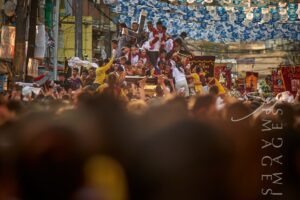
The Feast of the Black Nazarene: A Testament of Faith, Culture, and Tourism
The Nazareno Festival, or the Feast of the Black Nazarene, is one of the most spectacular and deeply moving religious events in the Philippines. Held
The National Museum of Natural History, the premier natural history museum of the Philippines, is situated along Agrifina Circle in Rizal Park, Manila. The building’s history dates back to 1940 when it was originally constructed as the Agriculture and Commerce Building. Designed by Filipino architect Antonio Toledo in the late 1930s, the structure exhibits a neoclassical style and shares its dimensions and floor plan with its twin, the Finance Building, located on the opposite side of the circle. Both buildings were devastated during the Battle of Manila in World War II but were reconstructed post-war to match their original designs.
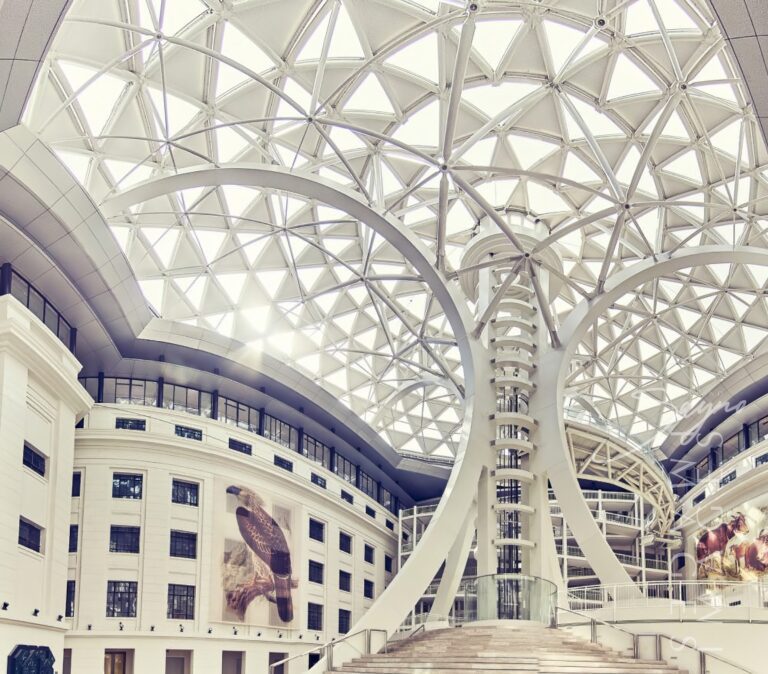
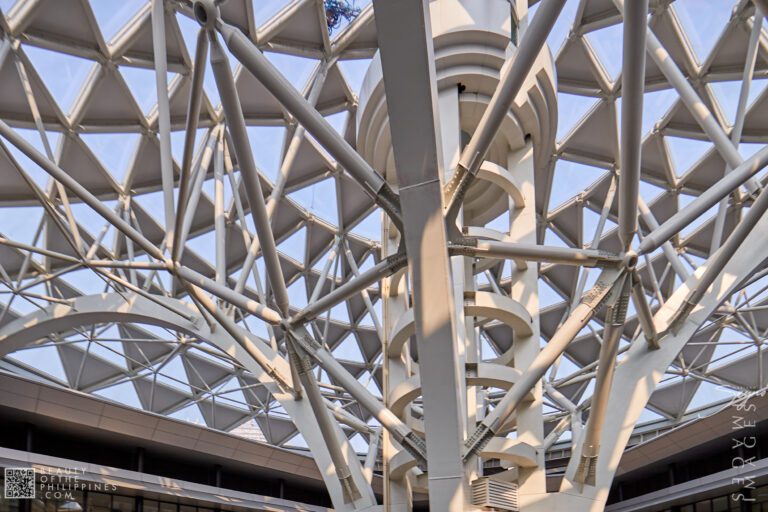
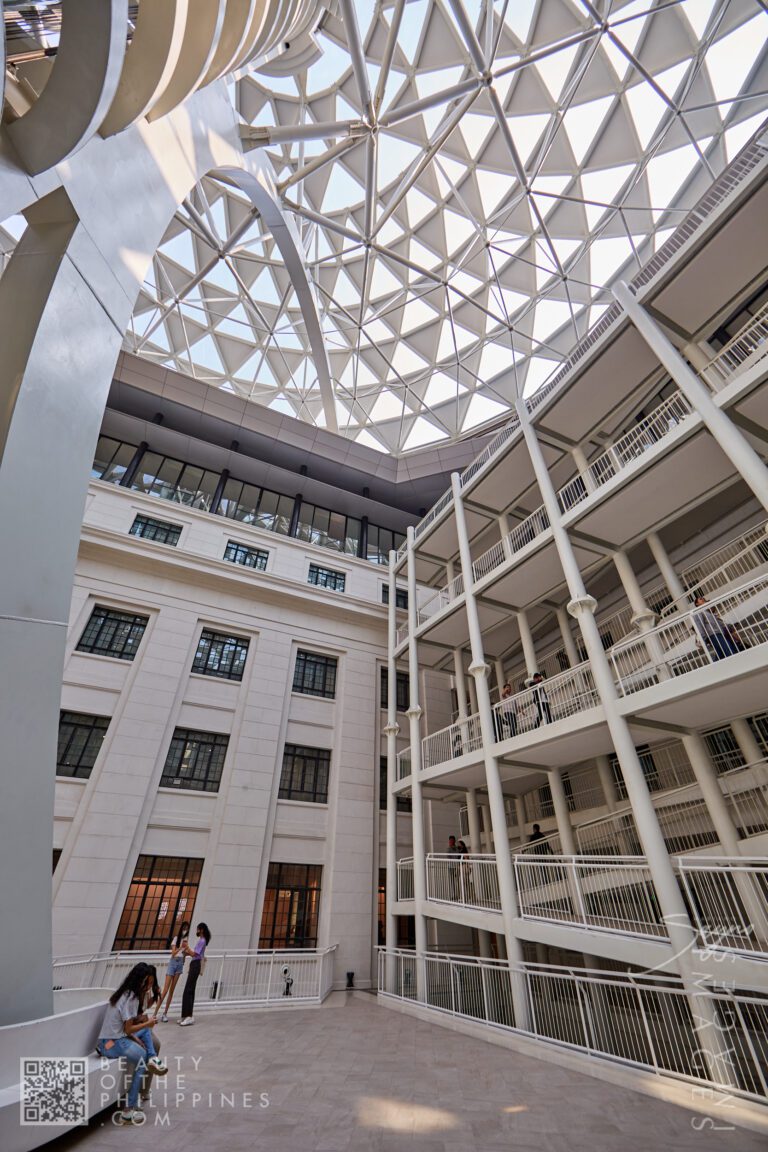

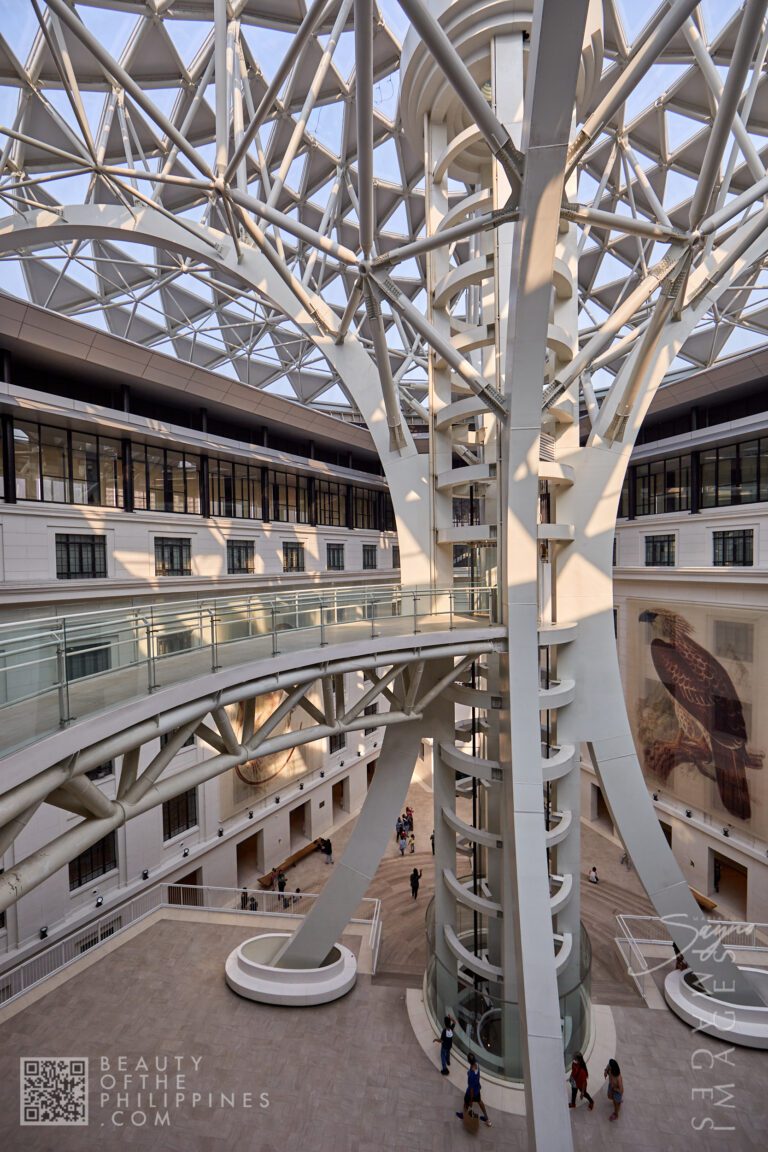
ABOVE: The Tree of Life, a striking steel structure supporting the museum’s glass-domed atrium. Designed by Dominador I. Ilio Jr. and Mañosa & Co., it symbolizes life and nature, with a central elevator encased in its trunk.
ABOVE: The Tree of Life, a striking steel structure supporting the museum’s glass-domed atrium. Designed by Dominador I. Ilio Jr. and Mañosa & Co., it symbolizes life and nature, with a central elevator encased in its trunk.
Throughout its history, the building served various functions, notably housing the Department of Tourism (DOT) at different times. It was known as the Department of Tourism Building until 2015, when the DOT moved its offices to Makati.
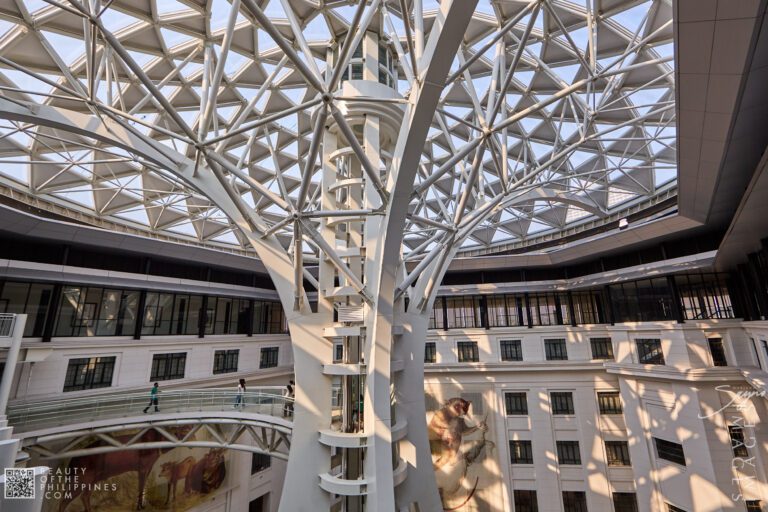
The transformation of the National Museum of Natural History is part of a broader initiative established by the National Museum Act of 1998. This legislation mandated the conversion of three prominent civic buildings within Rizal Park into museums. The Finance Building was the first to be repurposed, becoming the National Museum of Anthropology in 1998. The Legislative Building followed, and in 2000, it was converted into the National Museum of Fine Arts. The Tourism Building, the last of the trio, eventually became the National Museum of Natural History.
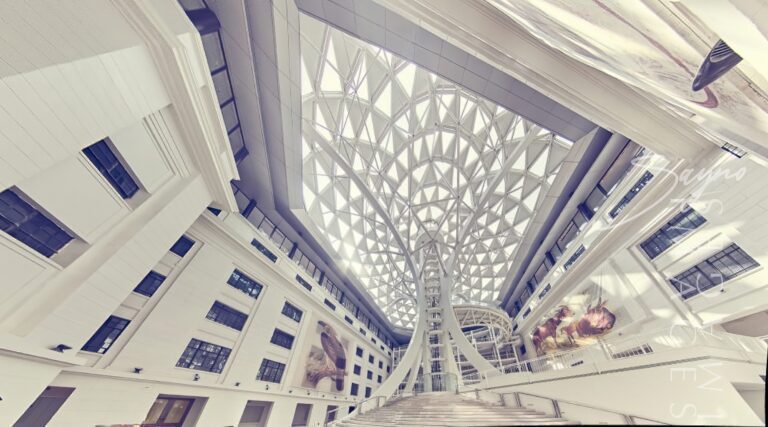
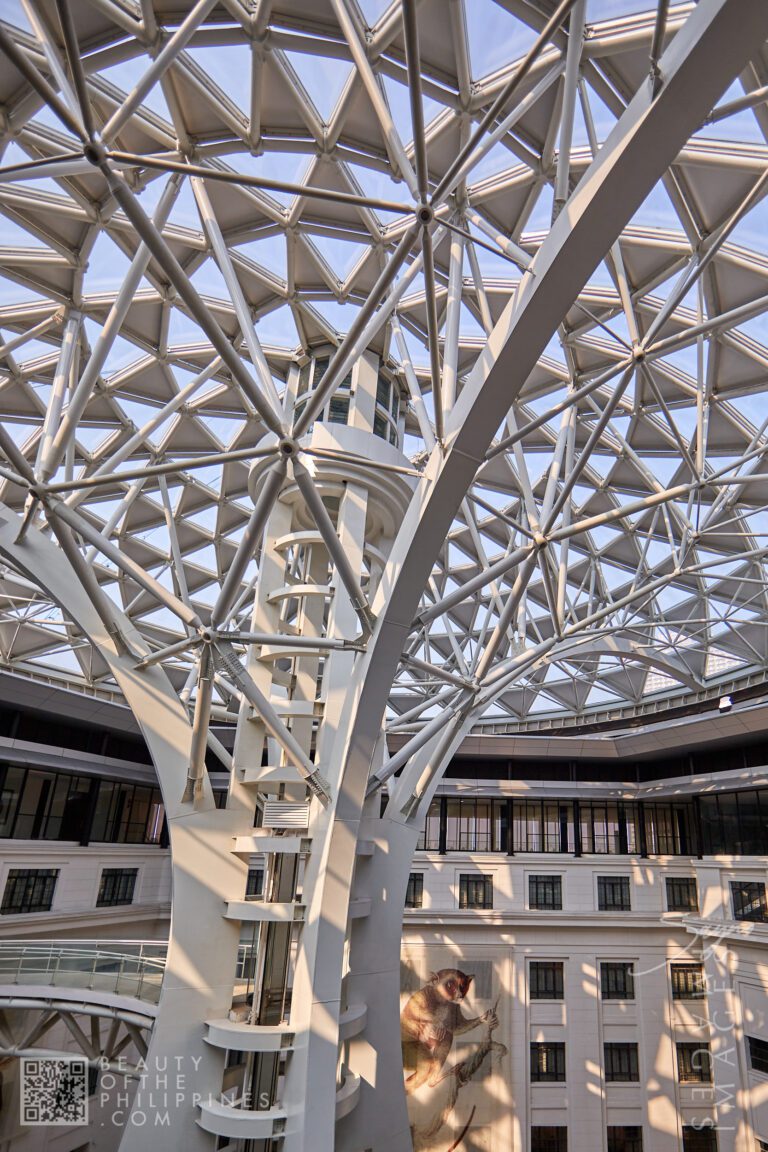
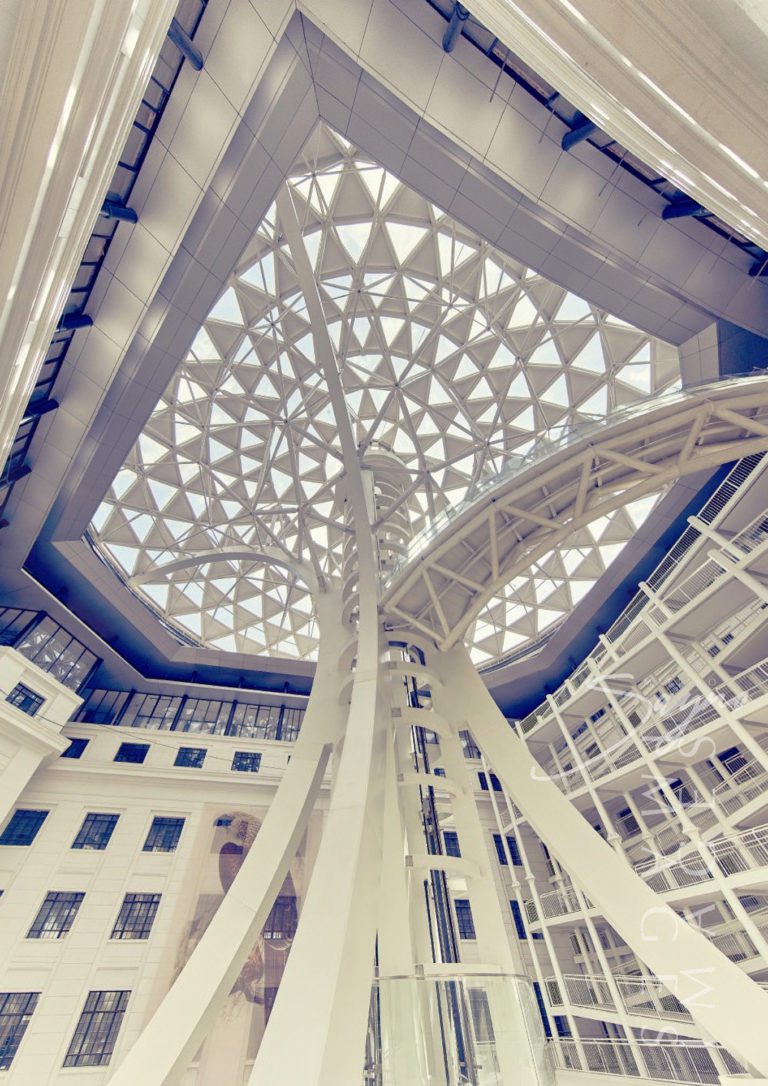
ABOVE: In 2013, preparations began to establish the National Museum of Natural History, with Dominic Galicia Architects’ design selected for its striking glass dome, the “Tree of Life,” inspired by DNA.
ABOVE: In 2013, preparations began to establish the National Museum of Natural History, with Dominic Galicia Architects’ design selected for its striking glass dome, the “Tree of Life,” inspired by DNA.
In 2013, preparations began to establish the National Museum of Natural History in the building. The administration of President Noynoy Aquino officially endorsed the creation of the museum and supported the development of regional museums across the country. The National Museum of the Philippines invited five architectural teams to submit proposals for retrofitting the building. The design by Dominic Galicia Architects, in collaboration with interior designer Tina Periquet, was selected. Galicia’s plan preserved the building’s original facade but added a striking glass dome, supported by a double helix structure inspired by DNA, known as the “Tree of Life.” This dome covers the courtyard of the six-storey building. The project, with an estimated cost of ₱1 billion, was initially slated for completion in 2015, timed to coincide with the APEC Summit.
The National Museum of Natural History was officially inaugurated on September 30, 2017. While a grand opening event was anticipated for the later part of 2017, the museum officially welcomed visitors starting May 18, 2018.
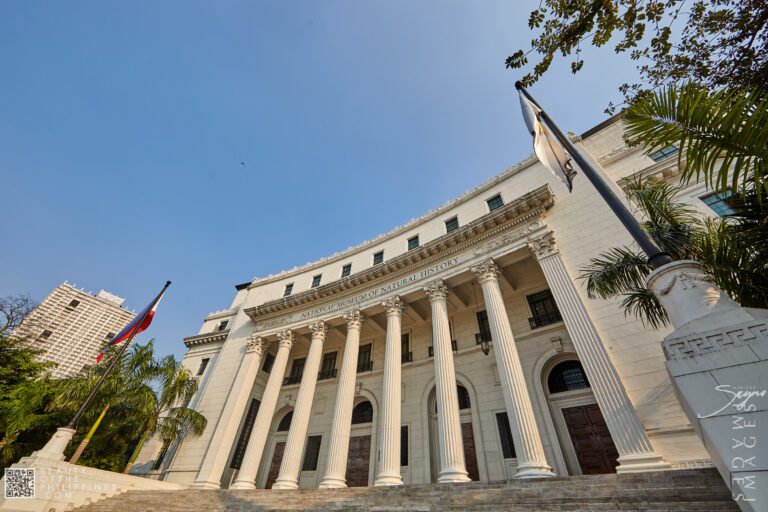

ABOVE: The perspective draws the eye upward, highlighting the intricate details of the white limestone facade, with its ornate Corinthian columns, decorative cornices, and symmetrical windows.
ABOVE: The perspective draws the eye upward, highlighting the intricate details of the white limestone facade, with its ornate Corinthian columns, decorative cornices, and symmetrical windows.
The museum is renowned for its striking architectural feature—the dome, prominently visible from Agrifina Circle in Rizal Park. However, what’s even more iconic is what’s inside, known as the “Tree of Life.” This towering structure, supported by a double helix design inspired by DNA, covers the museum’s central courtyard. The dome’s distinctive design and its integration into the building’s neoclassical facade make it a significant landmark, symbolizing the interconnectedness of life on Earth. Inside, the museum houses an extensive collection that spans various aspects of the natural world. The exhibits are meticulously curated to highlight the rich biodiversity of the Philippines. The central area of the “Tree of Life“ features a massive canvas print showcasing images of iconic Philippine species, including the Tarsier, Tamaraw, and Philippine Eagle. This striking visual element underscores the importance of these species in the country’s natural heritage.
The museum’s collection includes detailed dioramas showcasing the diverse ecosystems of the Philippines, from lush rainforests to vibrant coral reefs. Each exhibit is designed to provide an immersive experience, often incorporating interactive elements that engage visitors of all ages. Notable among the exhibits is the collection of taxidermied animals, which offers a glimpse into the rich wildlife that inhabits the Philippine archipelago.
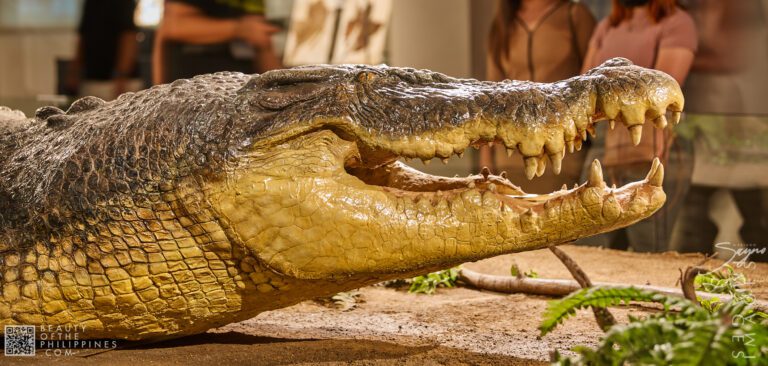
ABOVE: The museum showcases notable skeletal remains, including Lolong, the largest recorded Philippine crocodile, and a Marinduque Sperm Whale, offering valuable insights into conservation and marine life.
ABOVE: The museum showcases notable skeletal remains, including Lolong, the largest recorded Philippine crocodile, and a Marinduque Sperm Whale, offering valuable insights into conservation and marine life.
The museum also features the skeletal remains of significant species. Among these is Lolong, the largest Philippine crocodile ever recorded, whose skeletal remains provide valuable insights into the species and highlight ongoing conservation efforts. Another prominent display is the skeleton of a Marinduque Sperm Whale, which offers a rare opportunity to study this majestic marine mammal up close.
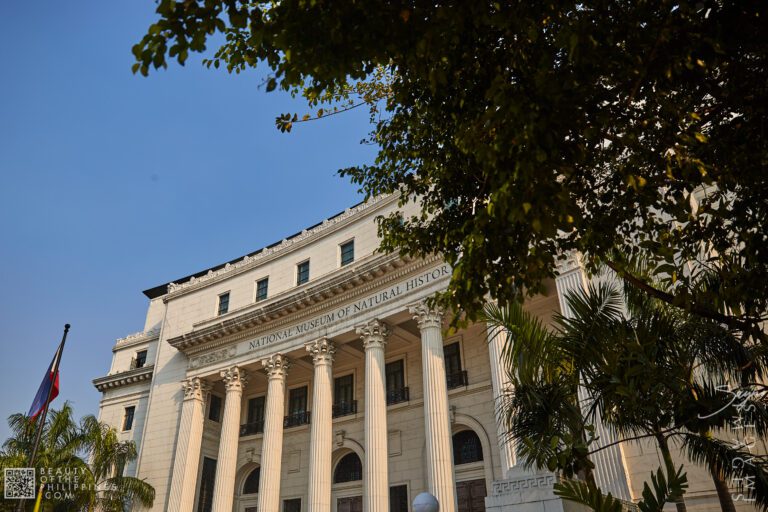
ABOVE: Beyond being a museum, it promotes conservation by showcasing the Philippines’ natural heritage, inspiring visitors to protect its unique ecosystems.
ABOVE: Beyond being a museum, it promotes conservation by showcasing the Philippines’ natural heritage, inspiring visitors to protect its unique ecosystems.
RELATED STORIES

The Nazareno Festival, or the Feast of the Black Nazarene, is one of the most spectacular and deeply moving religious events in the Philippines. Held

Nestled at the crossroads of Las Piñas in Metro Manila and Bacoor in Cavite, the Zapote Bridge stands as a silent yet powerful witness to
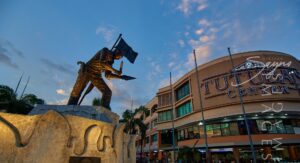
Situated in the heart of Manila, Tutuban Center is more than just a shopping destination—it’s a vibrant mix of history, commerce, and culture that draws
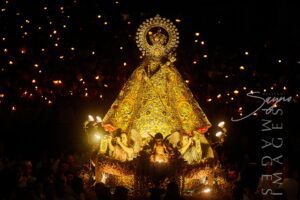
Every October, the vibrant streets of Quezon City come alive with faith, devotion, and rich cultural traditions during the Feast of La Naval de Manila.
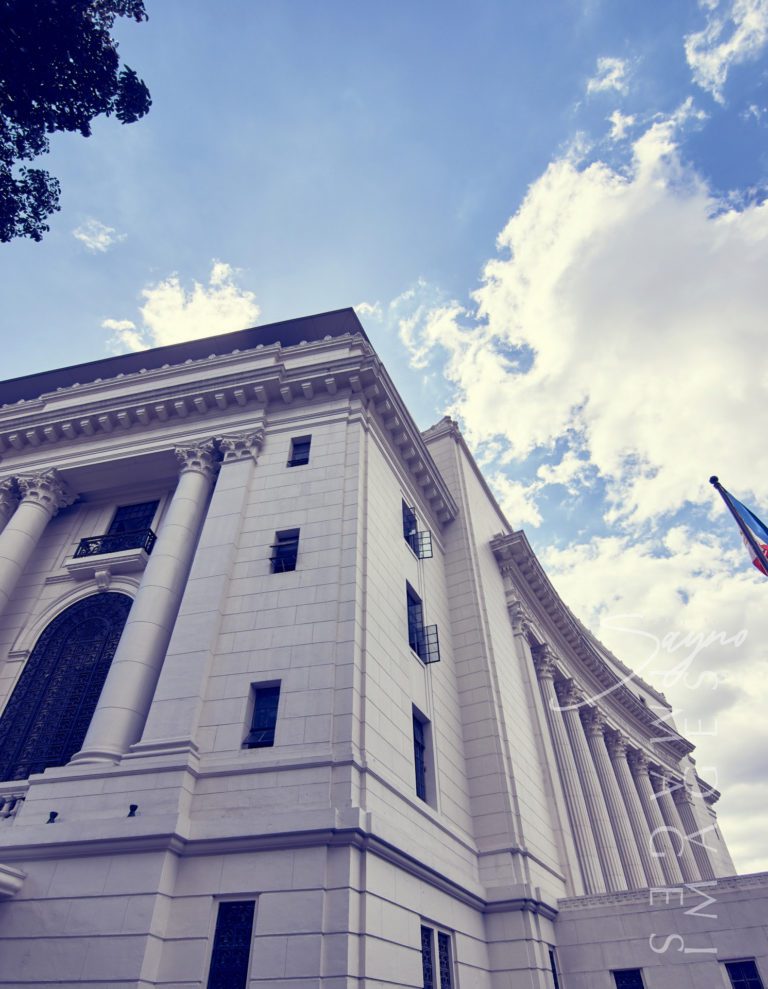
Beyond its role as a museum, it serves as a beacon of conservation efforts. It highlights the importance of protecting natural resources and promoting sustainable practices. By showcasing the rich natural heritage of the Philippines, the museum aims to inspire a sense of stewardship among its visitors, encouraging them to take an active role in preserving the country’s unique ecosystems.
I’m looking forward to the stories and images leaving a lasting positive impression on you, just as they have on me. Stay connected with us on social media for a weekly exploration of travel assignments and breathtaking visuals. Our focus is on championing local tourism, showcasing small businesses, and honoring the magnificence of the Philippines through the content we curate. Join us in spreading the word by clicking the ‘share’ buttons below. Your support means the world to us.
EXPLORE MORE about

The University of the Philippines Diliman (UP Diliman) is more than just the country’s premier academic institution—it is a historical, cultural, and natural destination worth
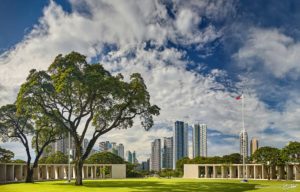
Manila American Cemetery and Memorial is located in the heart of Taguig City on the lands of Fort Bonifacio and serves as the largest grave

Nestled in the historic district of Ermita, Manila City Hall is more than just the seat of the city’s government—it’s a testament to the rich
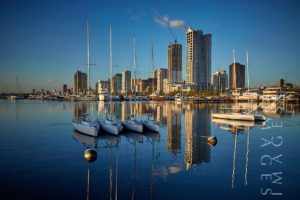
It is considered to be one of the world’s great harbors, the Manila Bay, and it serves as the Port of Manila, Philippines. Having once
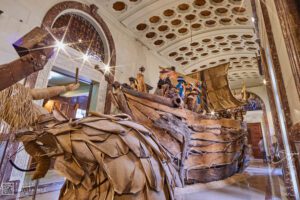
The National Museum of Anthropology, located in the heart of Manila within the National Museum Complex, is a must-visit destination for travelers eager to explore
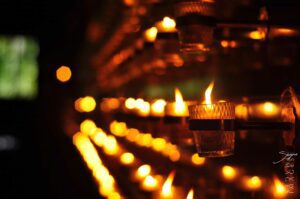
The Padre Pio Chapel, also known as the St. Pio of Pietrelcina Chapel, holds a special place in my heart as a photographer. It revealed
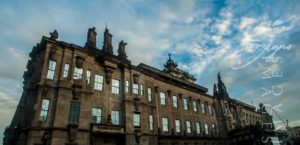
UST, also known as the University of Santo Tomas, is a private Roman Catholic university located in Sampaloc, Manila. It was founded on 28 April
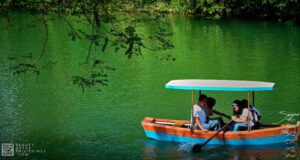
Nestled in the heart of Quezon City, La Mesa Ecopark stands as a serene sanctuary, offering both a retreat for nature lovers and an educational
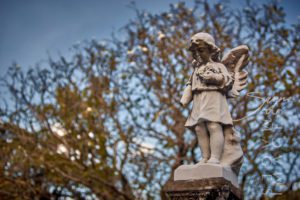
As one of the oldest cemeteries in Manila, Campo Santo De La Loma, commonly referred to as the La Loma Cemetery, is one of the
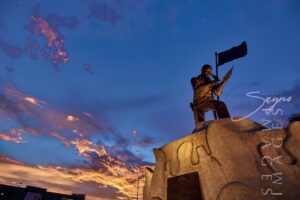
The Andres Bonifacio Birthplace Monument in Tutuban, Divisoria stands as a powerful symbol of Filipino patriotism and a tribute to the courage and leadership of Andres
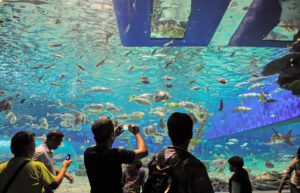
As the nation’s first ever world-class marine theme park, Manila Ocean Park is located in Ermita Manila, within the Philippines’ largest urban resort/aqua-themed hotel complex

Nestled at the crossroads of Las Piñas in Metro Manila and Bacoor in Cavite, the Zapote Bridge stands as a silent yet powerful witness to
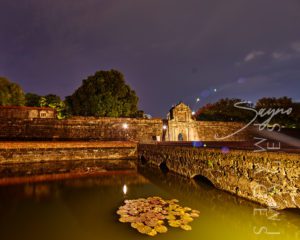
It is also known as the Walled City, and during the Spanish Colonial Period it was synonymous with the city of Manila. Intramuros was also
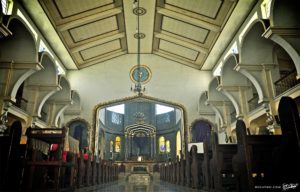
The Polo Church, formally known as the San Diego de Alcala Church, resides in the Polo neighborhood of Valenzuela, Manila. This church has a captivating

It is the home of the popular Asian elephant, Mali, as well as 90 other species. As well as being a landmark in Manila, the
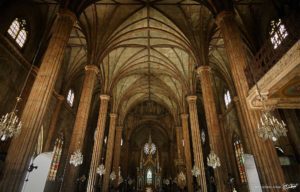
San Sebastian Church is a Roman Catholic Minor Basilica located in Quiapo, Manila. It’s also known as Minor Basilica of San Sebastian or San Sebastian
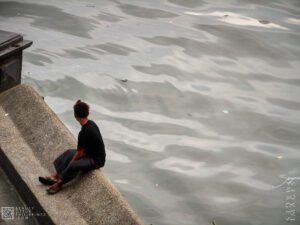
Quezon Bridge, a striking steel arch bridge spanning the Pasig River, is more than just a vital transportation link—it is a historical icon of Manila.

Originally built in 1880, the Manila Cathedral is the current version of the longstanding Church of Manila. It is a masterpiece of architecture that was
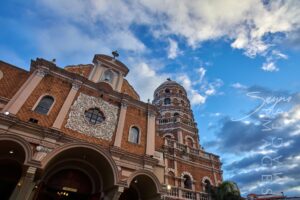
If you’re wandering through the heart of Manila and looking for a place where stories linger and time seems to slow down, Santa Cruz Church
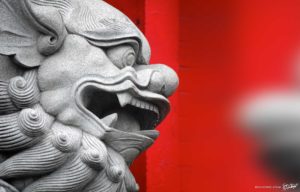
In addition to being considered the oldest Chinatown in the world, Binondo Chinatown is also the center of trade and commerce in Manila City. In
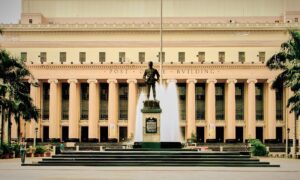
Nestled in the heart of Manila, Liwasang Bonifacio is a place where history, culture, and modern urban life converge. Formerly known as Plaza Lawton, this
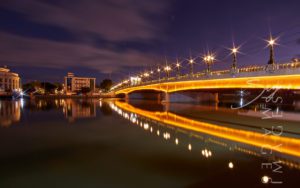
The newly restored Jones Bridge is easily recognizable by its beautifully designed black lamp posts—the same ones that were there when the bridge was first

The Nazareno Festival, or the Feast of the Black Nazarene, is one of the most spectacular and deeply moving religious events in the Philippines. Held
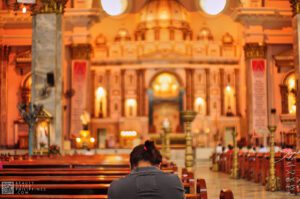
The Binondo Church is a historic church in Manila, located in the District of Binondo, near the Plaza San Lorenzo Ruiz. It was previously called
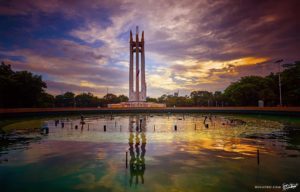
One of Quezon City’s main parks is the Quezon Memorial Circle, which is located in Quezon City and is surrounded by an elliptical road, making
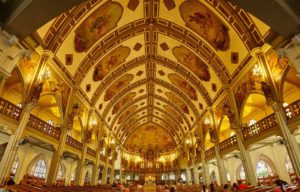
The Manila Abbey San Beda, or formally known as Abbey of Our Lady of Montserrat, is a Benedictine men’s monastery located along the streets of
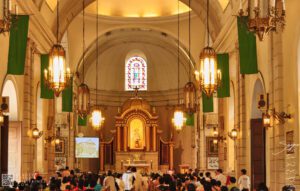
Malate Church stands as a profound symbol of faith, resilience, and artistry, preserving its sacred role and architectural splendor through centuries of triumphs and trials.
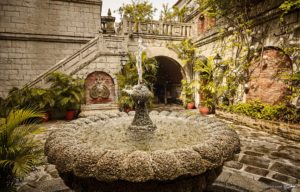
Casa Manila, located in the heart of Intramuros, Manila, is a living museum that transports visitors to the grandeur of the Spanish colonial era. As
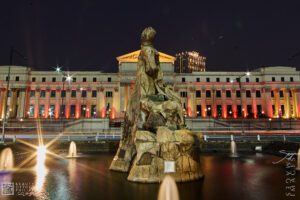
The Gomburza National Monument, located in front of the National Museum of Fine Arts along Padre Burgos Avenue in Manila, stands as a solemn tribute
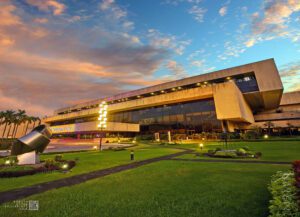
The Philippine International Convention Center (PICC) stands as a monument to the Philippines’ ambition to be a key player on the global stage. With its
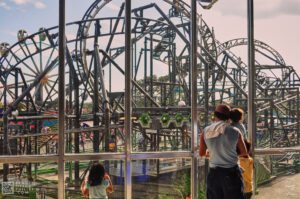
Nestled in the heart of Pasay City within the Cultural Center of the Philippines Complex, Star City stands as one of the premier amusement parks
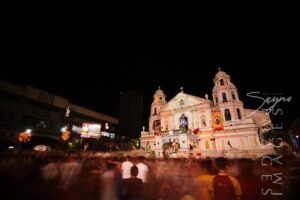
Quiapo, Manila, is home to the historic Quiapo Church, officially known as the Minor Basilica and National Shrine of the Black Nazarene. This revered religious
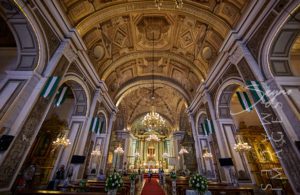
Known as one of the most important baroque churches in the Philippines and as one of the only four baroque churches in the Philippines that
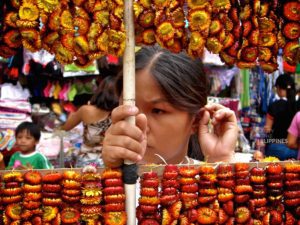
Plaza Miranda is a public square bounded by Quezon Boulevard, Hidalgo Street and Evangelista Street in Quiapo, Manila. It is the plaza which fronts the
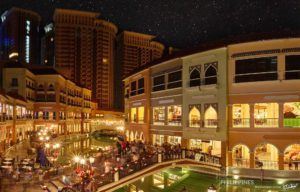
Located in the heart of the Taguig City, the Venice Grand Canal is a lifestyle mall development under the Megaworld Lifestyle Malls Located inside the
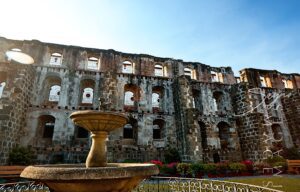
Located within the historic district of Intramuros, Manila, Padre Blanco Gardens—also known as Father Blanco’s Garden—offers a charming and romantic retreat amid centuries-old architecture. This
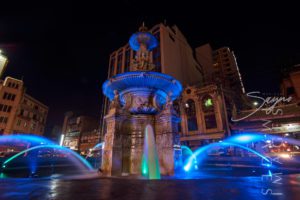
If you’re ever wandering through the lively streets of Manila, one of the city’s must-see spots is the iconic Carriedo Fountain. Nestled in the heart
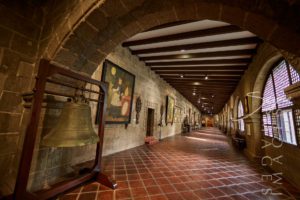
The San Agustin Museum is located adjacent to the UNESCO World Heritage Site, San Agustin Church. It is located in Intramuros—the walled city of Manila—and
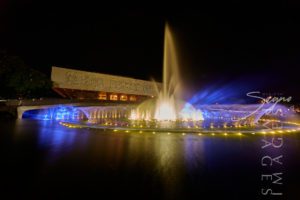
The Cultural Center of the Philippines or CCP was founded in 1966 under the directive of former President Ferdinand Marcos, in order to reinforce and

Every October, the vibrant streets of Quezon City come alive with faith, devotion, and rich cultural traditions during the Feast of La Naval de Manila.
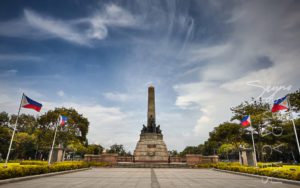
Located along Roxas Boulevard, Manila and adjacent to the century-old walled city of Intramuros, the Luneta National Park, or “Luneta” as many refer to it,
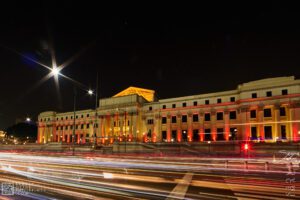
Manila, the vibrant capital of the Philippines, is home to a wealth of cultural and historical landmarks, and among its crown jewels is the National
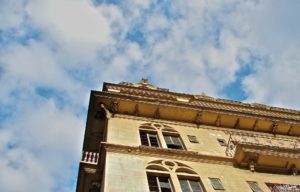
It is always a surprise for buildings, parks and houses to survive such wars as it is almost inevitable that everything will be brought down

Situated in the heart of Manila, Tutuban Center is more than just a shopping destination—it’s a vibrant mix of history, commerce, and culture that draws
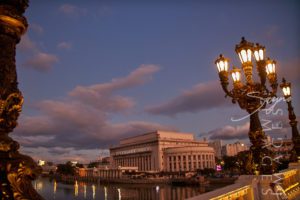
The Manila Post Office, officially known as the Manila Central Post Office, is a distinguished example of neoclassical architecture, originally designed by Juan M. Arellano,

The Bonifacio Monument, also called Bonifacio Monumento or Monumento, proudly stands in Caloocan City, Metro Manila. It is a powerful symbol created by the National
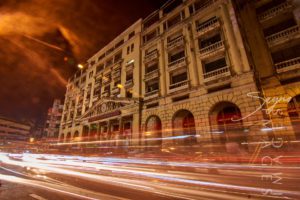
I experienced the vibrant and colorful life of downtown in full. I took some time to appreciate the beauty of Santa Cruz Church and Plaza
BROWSE BY CATEGORIES